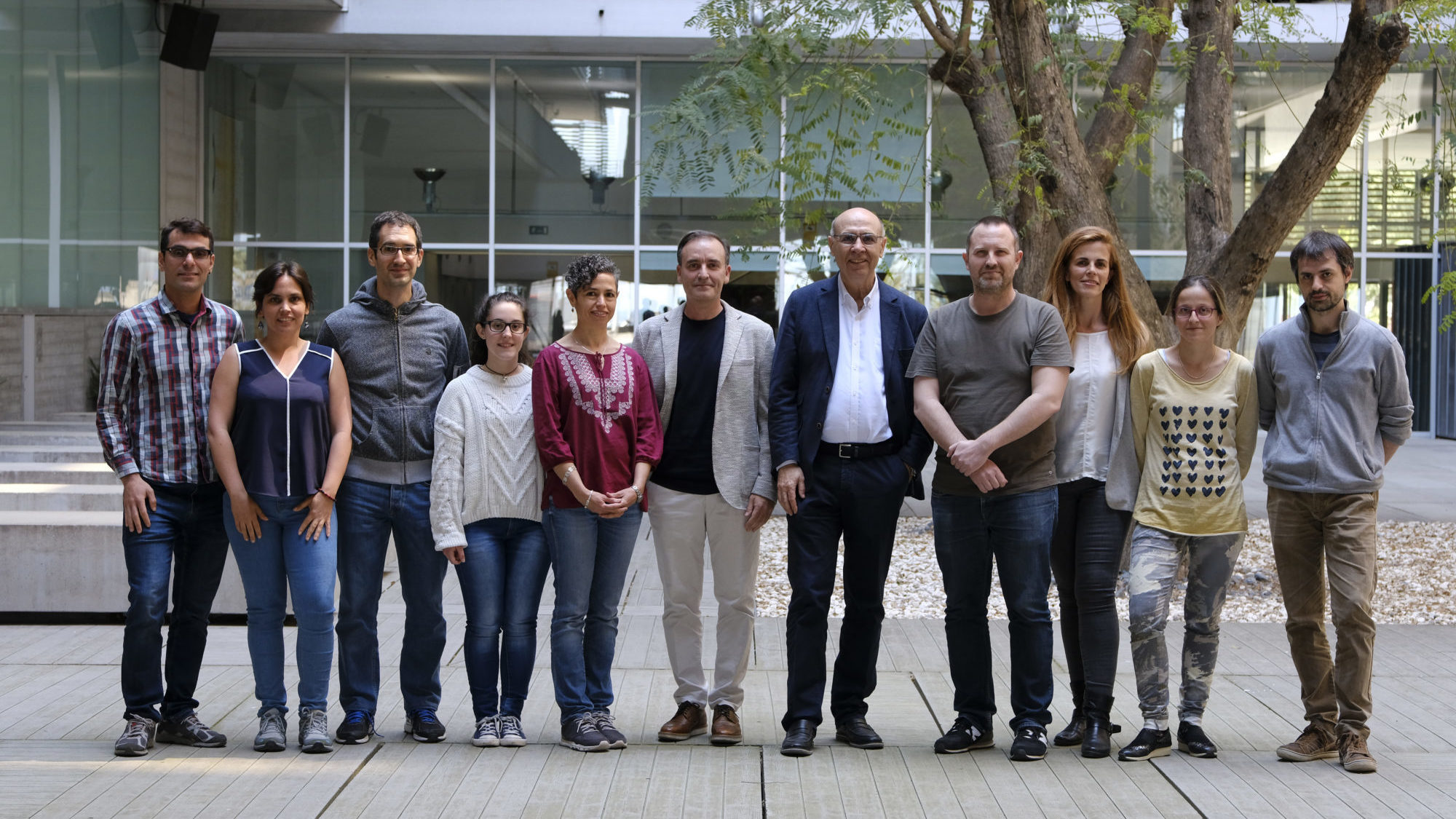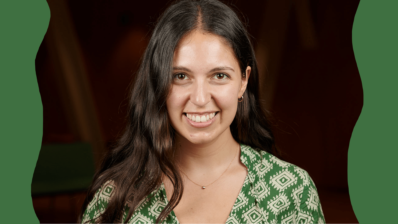They have just published the second of two articles where they study the behaviour of people suffering from mental illnesses trough their tweets. They want to explain and expand the project they have been working on with their colleagues from the Research Programme on Biomedical Informatics (GRIB), a mixed unit from the Department of Experimental and Health Sciences, Pompeu Fabra University (DCEXS-UPF) and the Hospital del Mar Medical Research Institute (IMIM). They know that depression, as many mental illnesses, is often forgotten. According to the last national survey on health, one out of 15 Spaniards suffers from depression, and only three out of five ask for help. They do not forget their priority: have positive impact on patients. They think their research can complement the medical history of patients to detect depression early on or to monitor the disease out of the examination room.

“In the United States, they were identifying people suffering from mental illness through their behavior on social media and we decided to study it in Spanish”
Ángela Leis, co-first author
Where did the concern for studying the behaviour of depressed people on social media come from?
Ángela is a psychologist and, for a long time, she has been interested in studying social media as a professional tool, from the ethics of using them to how they condition our mental health.
When starting her PhD, Ángela realized that, in the United States, they were studying how to identify people suffering from mental illness through their behavior on social media. Therefore, we decided to apply GRIB’s knowledge on big data analysis to study social media interventions written in Spanish by users suffering from depression. In a second study, we focused on users who were taking medication to treat the disease, specifically selective serotonin reuptake inhibitors.
Why did you choose Twitter?
We wanted to study multiple social networks, but due to the privacy policies we were not able to access the user’s timelines. In the end, we choose Twitter because most users have a public profile and the information is accessible.
Therefore, users did not know they were taking part on the study.
No. People write on Twitter for everyone! However, whenever we have cited someone, we have anonymized all the information following the protocol approved by the ethics committee of the Hospital del Mar.
How did you select the profiles to analyse?
In the second study, we made a list of the antidepressants we wanted to analyse and using big data, we selected those tweets containing some of the listed words. However, he had to validate manually that the users who cited the antidepressant were actually consuming the medication.
More or less, we are all familiar with the concept of Big Data, but you have also used text mining. How would you describe this technique?
This computational technique allows us to better understand what the text is about. For example, we can detect if a message is expressing happiness, fear or anger. To do so, we analyse the grammar, the pronouns, and adverbs… what kind of words are used in the sentence. But we did more than a linguistic analysis. Using other computational techniques, we analysed the behaviour of selected users when tweeting.

“Depressed users tweet indifferently during day, night, weekdays and weekends. They overuse the “I” and there is more negativity”
Ferran Sanz, principal investigator
Did you find any pattern that differentiates depressed users from control users?
Yes, users with depression tweet indifferently during day, night, weekdays and weekends, whereas control users mostly tweet during the day and weekdays. Moreover, depressed users use more pronouns in the first person singular. They overuse the “I” and there is more negativity.
Did medication affect any of these patterns?
Users who received medication tended to behave similarly to control users. They reduced their tweeting activity during the night but interestingly, the overuse of “I” and the negativity were more persistent.
Did you find any relation between depression and the use of icons or images?
Surprisingly, when we analysed the use of icons we could not find a representative link. Regarding the images, we have not studied them yet, although it is an interesting aspect to consider in the future.
What is next in this investigation?
We would like to use these tools in a clinical setting to monitor at-risk patients, with prior informed consent, beyond the consultation. Visiting time at the doctor’s is limited and it is not always easy to explain what is going on. This analysis of social media could help us to detect certain mental disorders early.
Leis A, Ronzano F, Mayer MA, Furlong LI, Sanz F. Evaluating Behavioral and Linguistic Changes During Drug Treatment for Depression Using Tweets in Spanish: Pairwise Comparison Study. J Med Internet Res. 2020 Dec. doi: 10.2196/20920.







